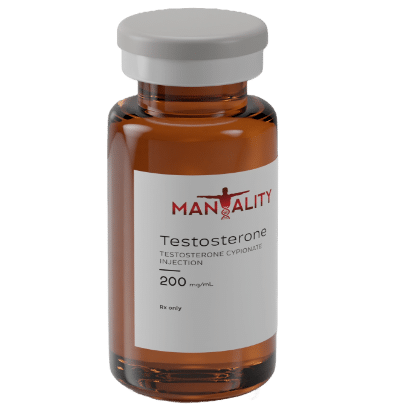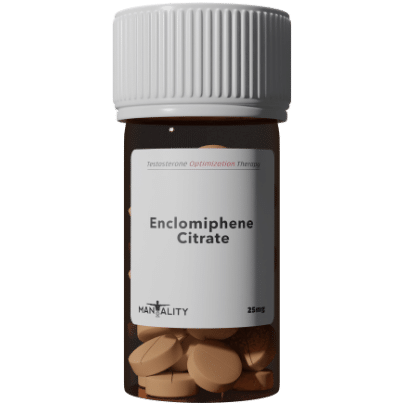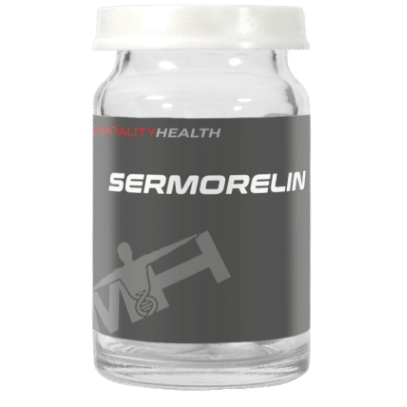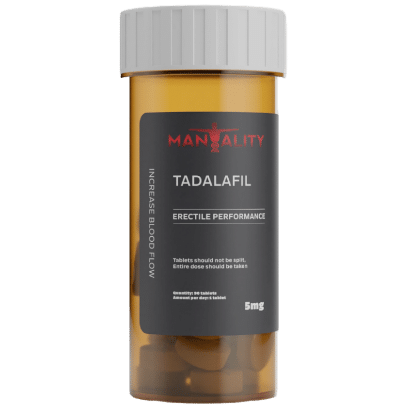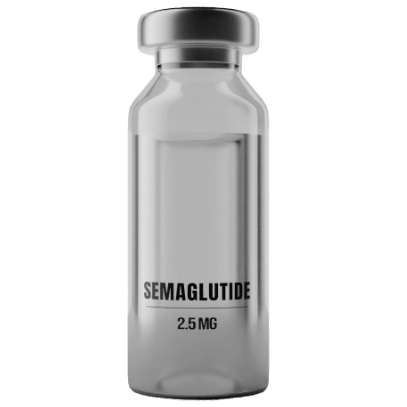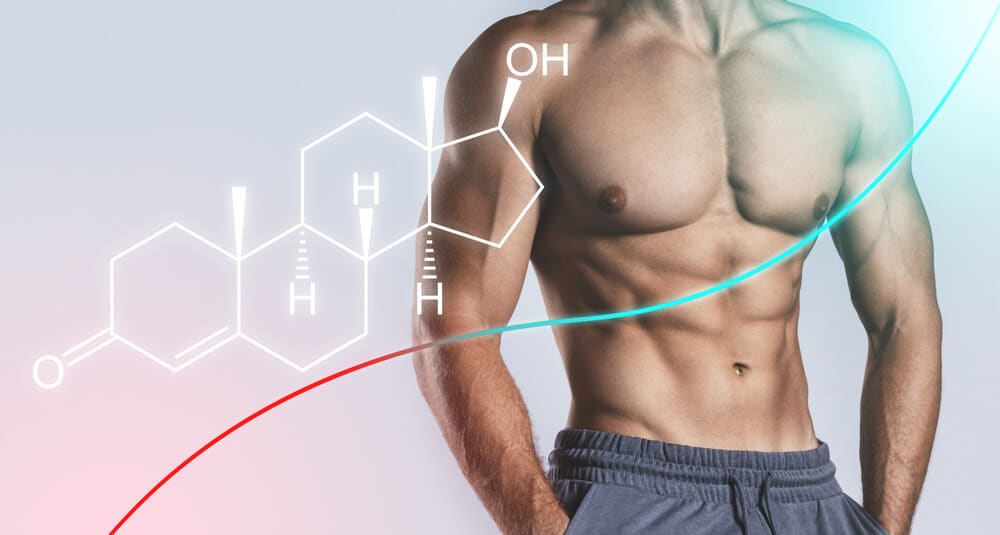Did you know that up to 70% of middle-aged men have gynecomastia?
Gynecomastia occurs when there is an increase of breast Galantis you on a man. This is usually caused by an imbalance of hormones. When there’s too much estrogen and not enough testosterone in a man’s body, gynecomastia can develop.
While gynecomastia isn’t a severe problem, finding gynecomastia treatment this essential if you feel embarrassed or ashamed about your enlarged breasts.
That’s why today, we’ve created a complete guide to help you better understand how to use testosterone replacement therapy for gynecomastia treatment. Keep reading to learn more!
What Are the Symptoms of Gynecomastia?
Natural hormone fluctuations can cause the development of gynecomastia. However, there are certain medications such as androgens, steroids, anti-anxiety medications, chemotherapy, antibiotics, and heart medications that can cause the swelling of breast tissue.
Here’s a closer look at the symptoms of gynecomastia:
- Enlargement in one breast
- Enlargement in both breasts
- Tender nipples
- Catcher your breasts are painful to the touch
- Your skin feels hot
- Fever
- Chills
If you’re unsure whether you have gynecomastia, talking to your doctor will help your medical professional to identify your development of swollen breast tissue. By understanding the trigger of the condition, your doctor will be able to evaluate If your symptoms are not pointing towards a more serious health condition.
What Are the Common Causes of Gynecomastia?
Different contributing factors can cause gynecomastia. The most common cause is associated with low testosterone.
When the body isn’t producing enough testosterone, it can cause your cells to block the effects of testosterone. As a result, your body will have an imbalance of testosterone, meaning that there will be an increase in estrogen levels.
What Are the Most Common Symptoms of Low Testosterone?
Testosterone is a hormone that’s produced in both male and female bodies. However, testosterone is the main hormone found in men and is produced in the testicles.
Testosterone is responsible for affecting sexual development and the physical appearance of a man. Not only is testosterone responsible for stimulating sperm cell production, but it also plays a role in the sex drive a man has. Also, it also helps men to build bone mass and muscle mass.
As you age, your testosterone production will decrease. The American Urology Association has released a statement that says two out of 10 men that are older than 60 struggle with low testosterone.
There is a large variety of symptoms that a man can experience if they have low testosterone. When levels fall below 300 ng/dL, a man can be diagnosed with low T. A medical professional can order a blood test to determine how much testosterone is circulating in your blood.
If you believe that your gynecomastia is caused by low testosterone there may be other signs that you can look out for to see if you are suffering from low testosterone.
Here’s a closer look at the most common symptoms of low T:
Diminished Sex Drive
Testosterone is the key hormone that plays a role in libido. As men age, men suffering from low testosterone also noticed a decline in our sex drive.
Erectile Dysfunction
The testosterone hormone is also essential for a man to achieve and maintain an erection. While testosterone alone isn’t responsible for creating an erection, it is responsible for stimulating the receptors in your brain to produce nitric oxide.
Nitric oxide is a type of molecule that’s responsible for producing chemical reactions to achieve an erection. When the testosterone levels in your body are too low, it can make it difficult for you to get an erection.
Hair Loss
Did you know that testosterone plays a role in your hair production?
While balding isn’t always a symptom of low testosterone levels, if you found that you’ve experienced a loss of facial and body hair, it may be a sign that you have low testosterone levels.
Decreased Muscle Mass
Testosterone plays a role in the development of muscle. If you’ve continued being physically active, but noticed a decrease in muscle mass, low T may be to blame. However, if you aren’t physically fit or aren’t as active as you used to be, that could be a contributing factor to your muscle mass loss.
Other symptoms include:
- Low energy
- Increase in body fat
- Depression
- Shrinking testes
- Brain fog
- Hot flashes
- Anemia, which is a low red blood cell count
- Infertility
- Weakness
- Brittle bones
- Sleep apnea
If you’re experiencing any of the symptoms, you and your doctor may decide that you’re a great candidate for testosterone replacement therapy. However, your medical professional may require you to get a blood work completed to ensure that your testosterone levels are the cause of these symptoms.
Common Causes of Low Testosterone and Gynecomastia
While low testosterone levels may be a result of your body getting older, there may also be underlying health conditions that can cause a low level of testosterone in your body. If you believe that you’re going to gynecomastia and low testosterone go hand-in-hand, your doctor could help you to identify if your conditions are a result of an underlying condition.
Health conditions also play a role in your load testosterone levels. Some of these health conditions include:
- Inflammation
- Damage to the cells in the testes
- Cancer treatment
- A disease pituitary gland
- Disease hypothalamus
- High-stress levels
You should also be aware that anabolic steroids also damages your body’s ability to produce testosterone.
What Is Testosterone Replacement Therapy?
Testosterone replacement therapy, which is also commonly referred to as TRT, is used to treat low testosterone. Whether you have low testosterone levels that are occurring as a result of your age or a medical condition that you have, testosterone replacement therapy is used to increase your testosterone levels.
Using TRT requires exogenous testosterone to bring your body’s testosterone levels back up to a healthy range.
How Is Testosterone Replacement Therapy Administered?
There are several ways that a medical professional could administer TRT. Depending on your lifestyle and your medical needs, there may be different methods that work best for you.
Some types of testosterone replacement therapy need to be administered every day, while other options can be applied every month.
The most common types of testosterone replacement therapy include:
- Topical creams
- Transdermal patches
- Intramuscular injections
- Medications that you take orally
Understanding the benefits of each application method of testosterone replacement therapy can help you find the option is best suited for you. Make sure to talk with your medical provider to better understand the best administration technique for you.
Testosterone Injections
Testosterone injections are the least expensive option if you’re looking to get noticeable results. This type of application method can be directly injected into your muscles. Over time, your body will absorb the testosterone injected.
If you aren’t interested in using testosterone therapy methods that require you to schedule frequent visits to the doctor, testosterone injections mean that you’ll be able to skip over weekly doctor appointments. Plus, you won’t have to worry about daily applications.
You can use self-injecting testosterone and provide yourself injections within the comfort of your own home. However, not every man responds well to injections. There are other testosterone replacement therapy options available.
Testosterone Gels
This type of testosterone replacement therapy requires you to apply the gel to your skin at least once a day. Some gels offer a pump for you to measure out how much product you place, so that way, you won’t have to worry about applying too much.
Gels are the most commonly used form of testosterone replacement therapy in the United States. They can help to increase your body testosterone levels after a few applications.
The only downside to this type of disaster in therapy is that you have to have frequent trips to the doctor to ensure that the testosterone is being absorbed into your body.
While testosterone gels are the most expensive type of testosterone replacement therapy, it’s a great option if you aren’t a big fan of needles.
Skin Patches
You can wear skin patches on your upper body. Applied between once a twice a day, the testosterone inside of the patch is absorbed through your skin and distributed in your bloodstream to raise your hormone levels.
Thankfully, testosterone skin patches are easy to apply. The only downside is that if your skin is sensitive, there have been reports of skin irritation after using it to saucer and skin touch.
Testosterone Pills
Testosterone pills are the least commonly prescribed type of testosterone replacement therapy. For the testosterone to enter into your bloodstream, the pills have to be processed by your liver. The biggest downside to testosterone pills is that they have to be taken up to four times per day for you to start seeing results.
Testosterone Mouth Patches
You can apply to testosterone mouth patches to your upper gums up to twice a day. The testosterone is absorbed through the tissues in your mouth. Since these treatments are provided several times of the day, it reduces the likelihood of you experiencing irregularly high levels of testosterone.
How Does Testosterone Replacement Therapy Work?
Testosterone replacement therapy works to treat hypogonadism, which happens when your testes aren’t producing enough testosterone.
Primary hypogonadism occurs when your testes are getting the signal from your brain to produce tosser in, but are unable to. Central hypogonadism causes low testosterone because of a problem with your pituitary gland or your hypothalamus.
To treat gynecomastia, you’ll want to ensure that you’re managing your low testosterone levels. By increasing your testosterone levels, you do not only reduce the imbalance of estrogen in your body, but you’ll also notice an improvement in your muscle mass, energy, and sex drive.
If you’re looking to treat your gynecomastia, consider talking with your doctor about testosterone replacement therapy.
Male Hypogonadism
Hypergonadism is the term used to refer to testosterone deficiency in men. When your body doesn’t produce enough testosterone, the result of the lack of testosterone can be caused by the pituitary gland, the hypothalamus, or the testicles.
Men who have HIV, AIDs, or an injury to the testicles are at an increased risk for developing hypogonadism. Also, individuals who’ve gone through radiation therapy, chemotherapy, or had undecided testicles when they were an infant are also at an increased chance of developing hypergonadism.
Is Testosterone Replacement Therapy Healthy for Men?
As you age, you may experience changes in your body that are similar to symptoms are presented by individuals for suffering from low testosterone. However, you may not be experiencing the symptoms as a relation to injury or disease. It’s normal for you to experience changes in sleep patterns, an increase in body fat, a reduction in muscle, and changes in your sexual functioning as you age.
Testosterone replacement therapy is a healthy medical treatment for men looking to increase their sex drive, as well as their quality of life.
Using Testosterone Replacement Therapy for Gynecomastia Treatment
After using testosterone replacement therapy, you’ll be able to treat your low testosterone levels. If your gynecomastia is caused by low testosterone, you’ll soon see a reduction in the swelling of your breast tissue.
Keep in mind that if your body is producing sufficient testosterone levels, using testosterone replacement therapy can help to bring your testosterone levels back into a healthy range. Make sure you take the necessary steps to have your testosterone checked before gynecomastia treatment.
Are you interested in learning more about how you could potentially benefit from testosterone replacement therapy? Click here to learn more.

